A day in the life of a district vet
Host: Dr Jillian Kelly
Many people wonder what I do each day, or why I need a beer at the end of each one! Here’s a typical day in the life of me!
6:30am: Leave home, headed to a farm that is in quarantine for footrot in sheep. Breakfast in the car!
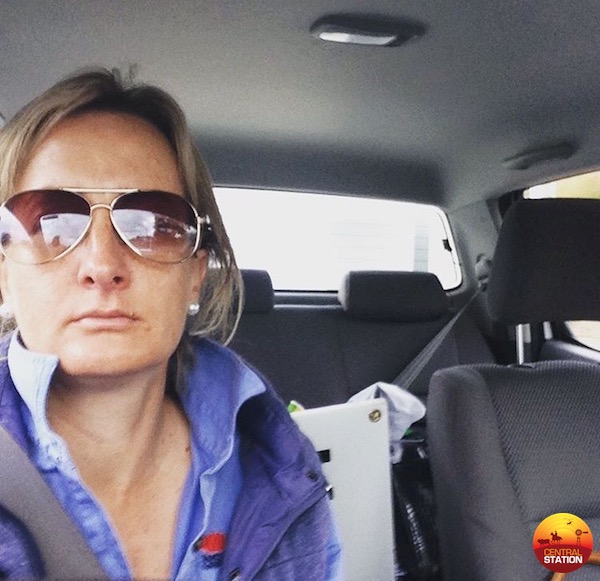 Plenty of time in the car!
Plenty of time in the car!
7:15am: Arrive at the farm; they are well underway tipping sheep using a footrot contractor. There were about 9000 sheep on this property when the program started, there are less that that now and in this round of tipping the contractor will examine about 4000 over three or four days. My job is to examine any sheep with feet lesions the contractor is worried about and oversee the eradication plan which the farmer and I developed when the disease was first diagnosed. The aim is to inspect all sheep, cull any with feet lesions, and do this repeatedly until the producer gets two completely clean tips after a warm wet period (known as a footrot ‘spread’ period).
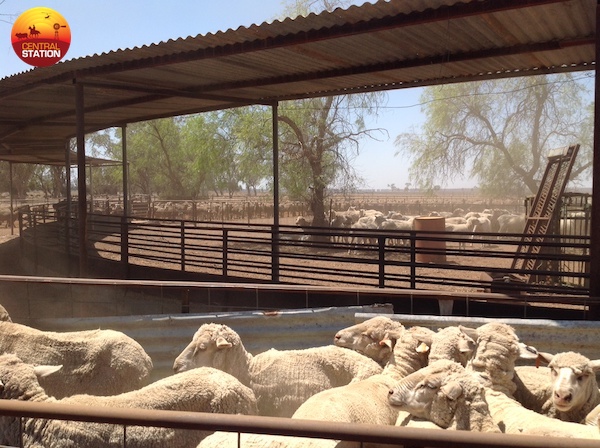 Sheep in the yards.
Sheep in the yards.
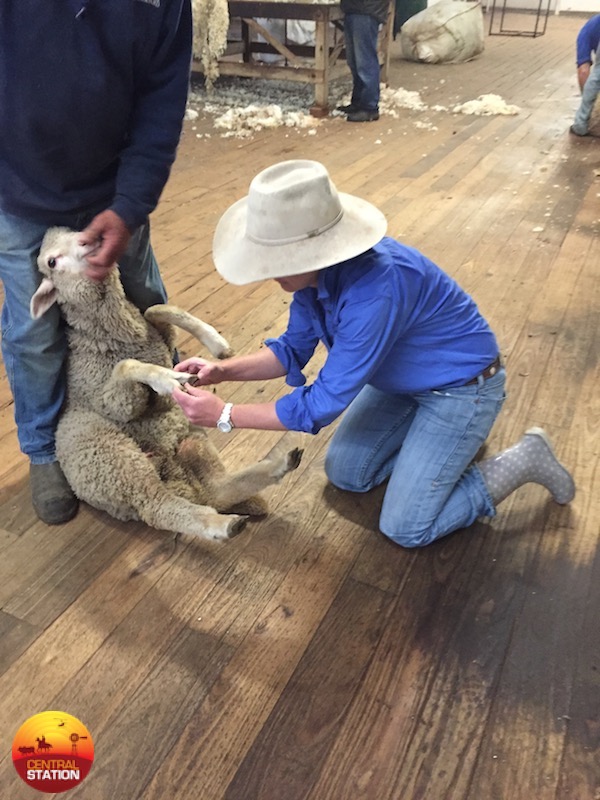 Checking feet.
Checking feet.
9:15am: While there, a few of the lambs in the yards are looking pale and weak. I examine some of the lambs, and do a post mortem on one that has died – turns out to be Barbers Pole Worm, so I give some drenching advice to help the rest of the mob.
10am: The sheep dog bit me on the leg while I was packing away my post mortem gear! Get in the car and head back to town.
10:30am: Back in mobile range – six new voice messages – including one from a farmer who has got a few sick calves. I’m about to go past his front gate, so I call in.
10:45am: Examine eight sick calves. These calves were bought three weeks ago, recently weaned from their mothers and not yet castrated. Upon receiving them, the producer castrated them with rings. My examination of the calves reveals they have had complications from the castration procedure and are septicaemic. Some antibiotics and pain relief are prescribed, along with a vaccination for tetanus.
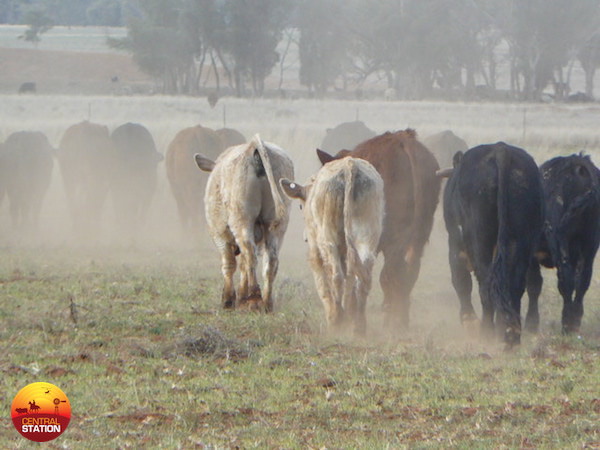 Sick calves.
Sick calves.
12:00pm: Back in the office, just in time for a teleconference about some upcoming field days we are planning to hold on “Weaning for Profit” in beef cattle herds in our area. Lunch while talking!
1:00pm: A producer has dropped in some faecal samples from some weaner sheep that were drenched two weeks ago. I set up the microscope and do some faecal flotations in my laboratory, which alarmingly reveal plenty of worm eggs. This indicates that good drenching procedure was not followed, or there is drench resistance present. I ring the owner to discuss and we plan to do a drench resistance trial on that farm soon.
1:50pm: It’s that time of the month when we hang the National Arbovirus Monitoring Program insect trap, and we will also bleed to corresponding sentinel cattle herd while on farm. This program aims to monitor the prevalence of arboviruses (such as bluetongue virus) by collecting insect vectors and blood sampling cattle for antibodies. This program is really important for our agricultural market assurance to other countries around the world.
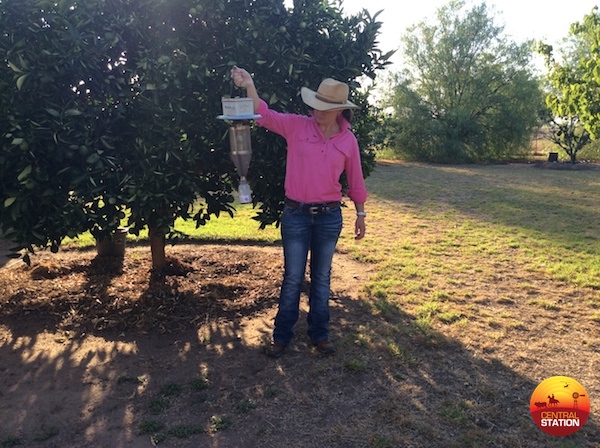 Hanging the NAMP fly trap.
Hanging the NAMP fly trap.
3:40pm: Back to the office and time to sign some export certificates for properties, package up samples for the lab, and write up the case records from today’s adventures!
5:10pm: Head home, let the dogs off the chains, head out for a quick ride on the horse, and a well-earned beer. Another day in paradise!
